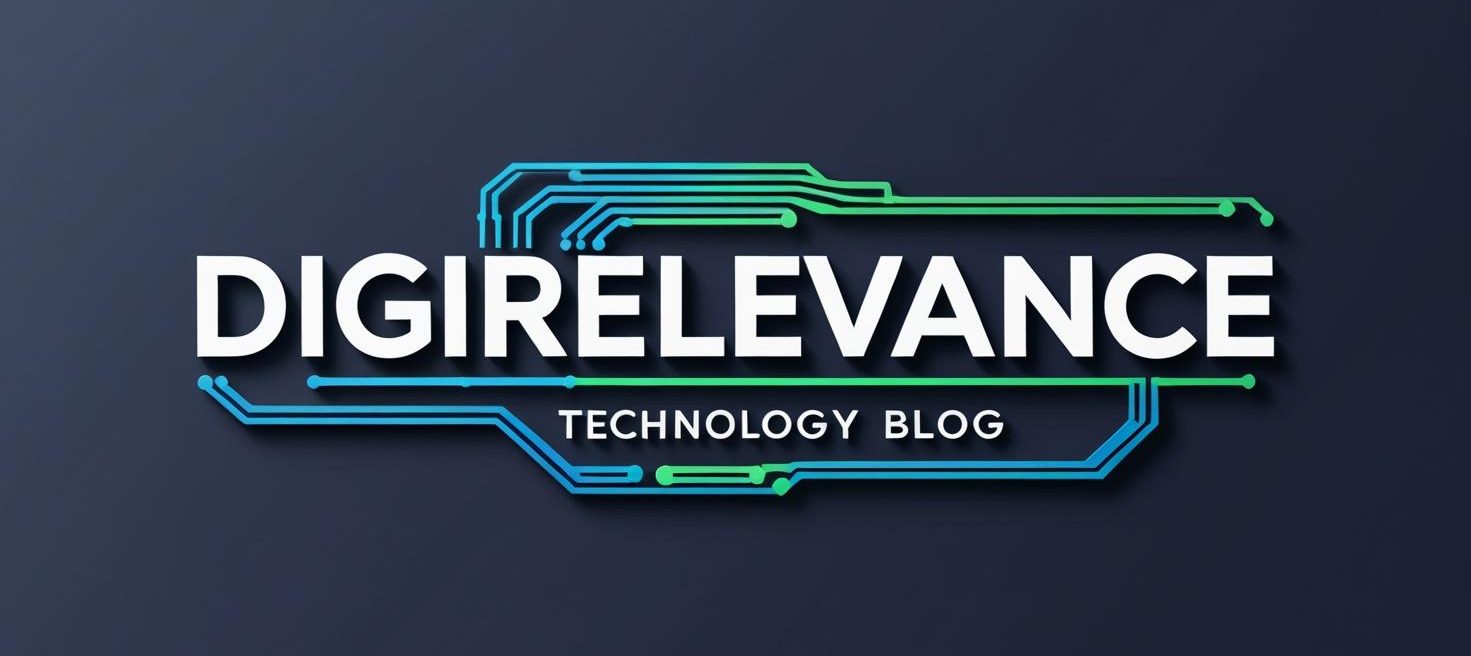What if the cutting-edge AI technology you rely on was no longer locked behind costly APIs or proprietary walls? Imagine unlocking state-of-the-art language models with the flexibility to tailor them exactly to your needs—right on your own infrastructure. That future is here with OpenAI’s announcement of GPT-OSS, unveiled August 5, 2025, a pivotal moment in generative AI’s evolution.
GPT-OSS (Open Source Software) is a game-changer. OpenAI has made available a high-performing, open-source variant of their renowned GPT technology, previously siloed within commercial APIs like GPT-4.5. More than just a free tool, GPT-OSS rivals the performance of its proprietary counterpart while enabling on-premise deployment. This means enterprises wrestling with data privacy concerns or stringent regulations—think finance, healthcare, and government—can finally wield GPT-level intelligence without risking compliance or security.
The implications for businesses are profound. Removing API costs and restrictions democratises access, empowering developers and leaders to innovate without limits. No longer confined to cloud dependencies, organisations can customise AI models for unique workflows and sensitive data environments. This flexibility is likely to accelerate AI adoption across sectors and spark novel applications previously deemed too risky or expensive.
Simultaneously, the AI funding landscape signals that openness and safety aren’t just ideals—they’re investment priorities. Anthropic’s $450 million funding round, led by partners deeply committed to AI alignment, highlights a critical response to increasing scrutiny over AI’s societal impact. Their plan to scale Claude’s capabilities stresses not only competitive performance but also ethical deployment frameworks. This marks a strong statement: the AI future won’t just be judged by its power, but by its trustworthiness and alignment with human values.
These shifts are mirrored by industry giants reshaping the cloud-to-edge AI continuum. Microsoft’s recent updates to its Azure OpenAI Service show a deliberate move to blend GPT-OSS and proprietary models in a single, scalable platform. Their intensified collaboration with OpenAI to co-develop governance tools acknowledges what many have felt for years—responsible AI isn’t a checkbox; it’s foundational. Enterprises can now better balance innovation speed and compliance readiness as regulatory pressure mounts globally.
Taken together, GPT-OSS, Anthropic’s strategic move, and Microsoft’s platform enhancements paint a bigger picture: AI is no longer a distant experiment or luxury for tech titans. It’s rapidly evolving into a core business capability with broad accessibility and deeper ethical considerations. For companies, this means the playing field is shifting—those who integrate open-source flexibility and robust governance into their AI strategies stand to unlock competitive advantages that purely proprietary approaches can’t match.
But this progress also raises tough questions. How do organisations ensure that open-source models, while more controllable, don’t run afoul of bias or misuse? What governance frameworks will truly safeguard society without stifling innovation? And how will the interplay between open-source AI and commercial offerings evolve as enterprises demand both transparency and reliability?
As someone who watches these AI currents closely, I’m convinced that GPT-OSS’s release signals more than just a product launch—it heralds a foundational shift in who owns, controls, and benefits from AI. But whether this openness ultimately fosters greater trust or introduces new complexities depends on the community and corporate stewardship that follows.
So here’s where I’d like to leave the conversation: Is open-source AI the key to unlocking more equitable, transparent innovation—or will it simply reframe old challenges in new technical guises? How are you planning to balance AI accessibility with ethical responsibility within your organisation?
If you’re navigating these waters, I’d love to hear your thoughts. Share your perspectives below or forward this to peers grappling with the same questions. The AI revolution isn’t waiting—and neither should we.

